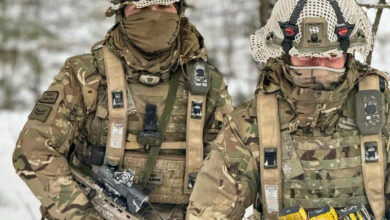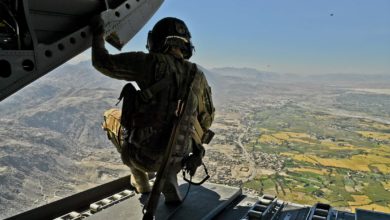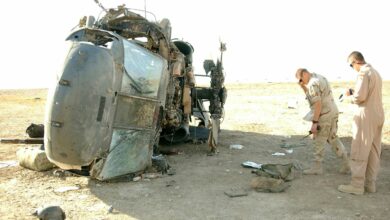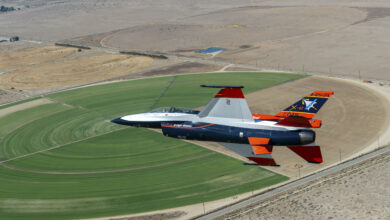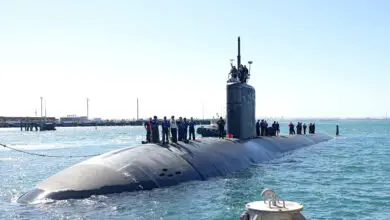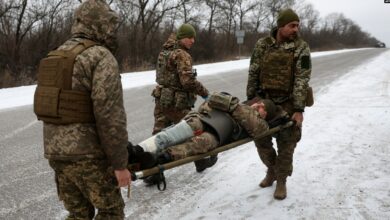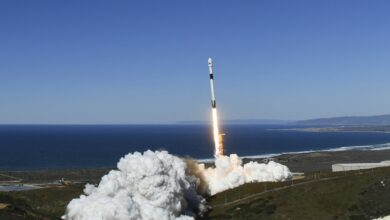Australia, US, South Korea Demonstrate Joint Remote Aircrew Control
Australia, the US, and South Korea have demonstrated virtual aircrew control against live targets at the Townsville Field Training Area (TFTA).
The Joint Terminal Attack Controller (JTAC) approach enables military personnel to remotely control virtual aircraft assets over a real-life battlefield.
The simulation was held as part of the recent Exercise Talisman Sabre, a multinational military activity led by the Australian and US armed forces.
Combining Virtual and Live Training
During the activity, a US aircrew stationed in Virginia controlled a virtual AC-130 Spectre gunship, a combat variant of the C-130 Hercules transport aircraft, to address threats located at TFTA.

A JTAC team from the Republic of Korea Army coordinated with the remote team to identify and successfully engage the targets.
“In Korea we have previously trained with the US in a combined simulator-real environment,” Korean JTAC Officer Master Sgt. Kang Minho stated.
“Doing the training in another country with different partners allows us to practice under different conditions and learn how other forces operate.”
First Joint Terminal Attack Control in Australia
The Australian Department of Defence said that this is the first time the three nations employed a virtual capability with a live battlespace in Australia.
“We have limited fixed wing aircraft here at TFTA for targeting operations but with this simulation we can supplement the activity with a wider variety of aircraft,” Australian Army Combat Training Center Coach Capt. Jack Cailes explained.
“Our operators get the same training effect but on a much larger scale if we need it.”
Preparing for HIMARS
Talisman Sabre also saw the introduction of other virtual applications that will bolster future military training.
It included the virtualization of the High Mobility Artillery Rocket System or HIMARS into simulated battlefield scenarios.
This will help Australian soldiers prepare to operate 20 additional HIMARS and related components ordered earlier this year.

“It shows that we are modernising the Army and Defence before platforms actually arrive,” Australian Combat Training Center Commander Col. Ben McLennan said.
“We are integrating capabilities that haven’t even arrived yet so that we can fast track them and flatten the learning curve.”


